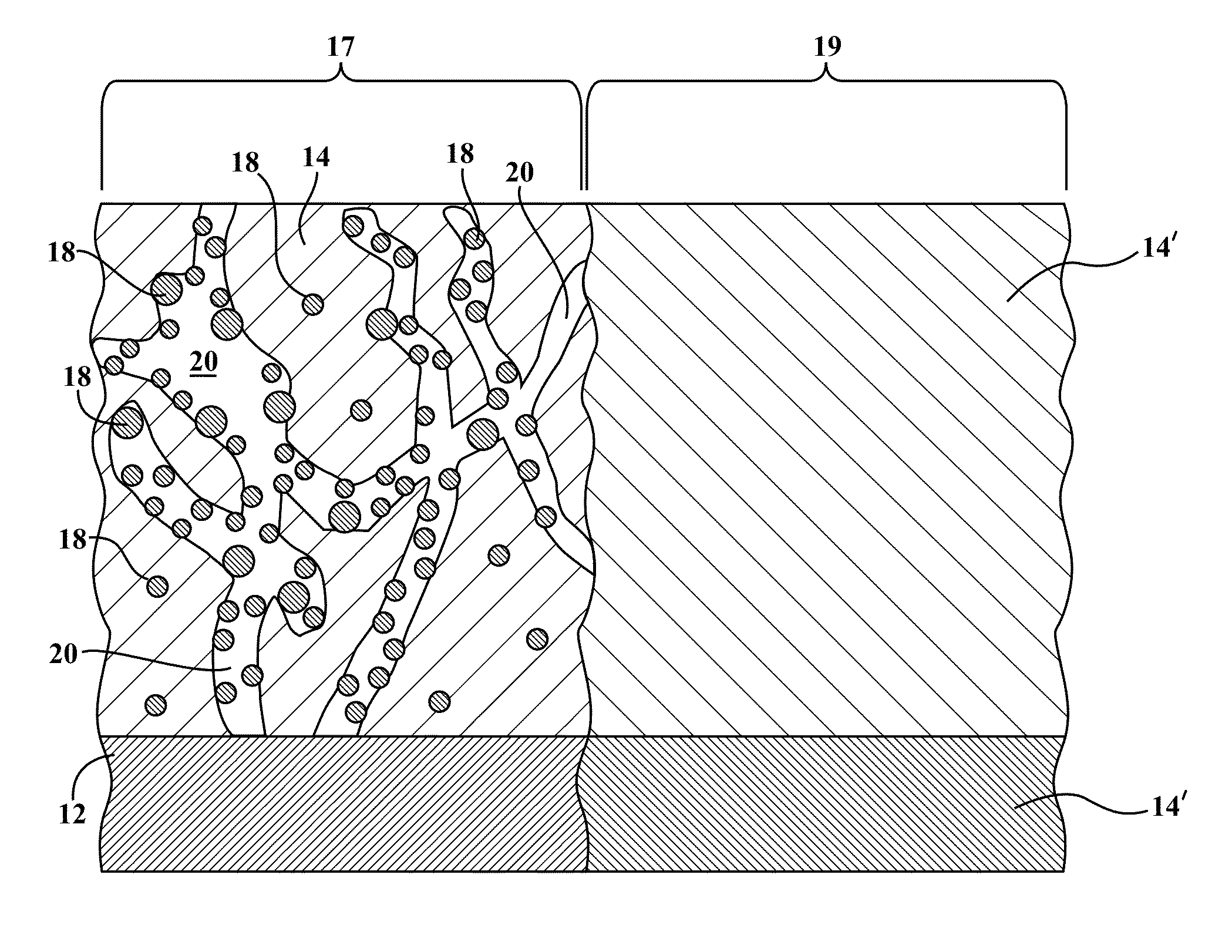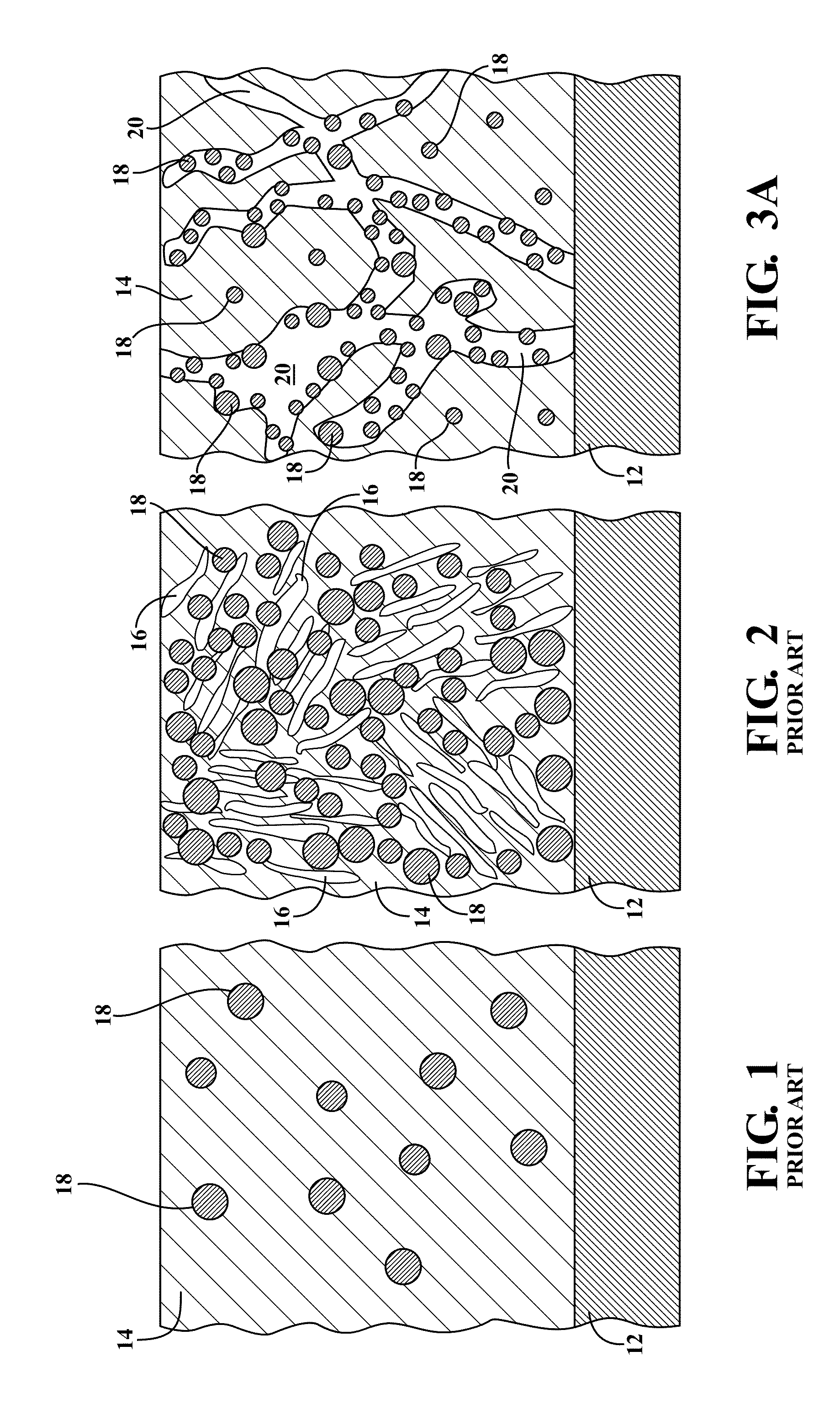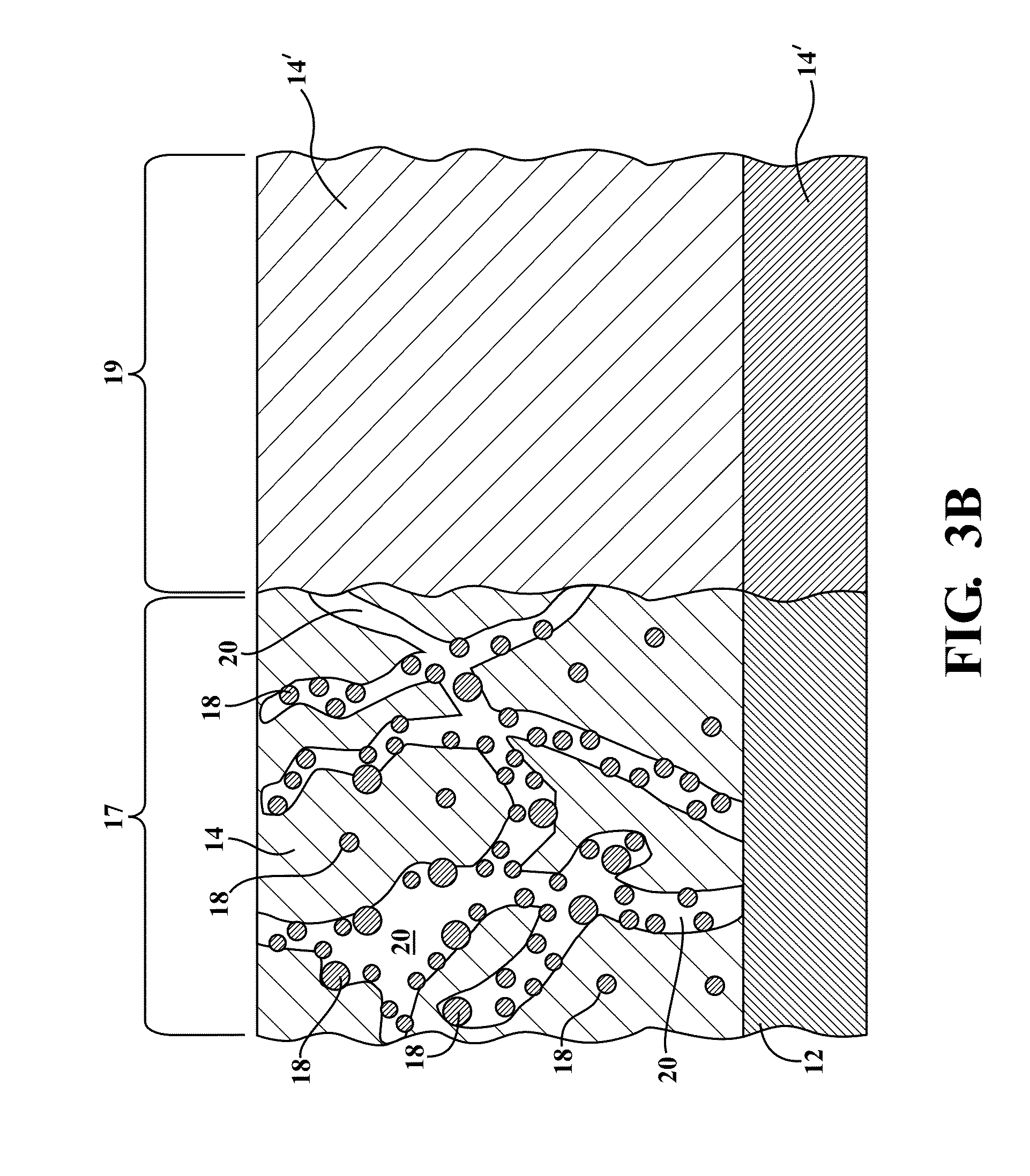Metal hydride alloy with enhanced surface morphology
a technology of metal hydride alloy and surface morphology, which is applied in the field of alloy materials, can solve the problems of poor performance of early ordered lanisub>5/sub>materials, no improvement of performance characteristics, and inhibit the performance of electrodes utilizing metals or metal alloys, etc., and achieves the effects of improving the low-temperature electrochemical performance, increasing the surface area and/or catalytic ability of the alloy, and improving the performance of low-temperatur
- Summary
- Abstract
- Description
- Claims
- Application Information
AI Technical Summary
Benefits of technology
Problems solved by technology
Method used
Image
Examples
Embodiment Construction
[0077]The present invention is directed to metal hydride alloy materials of the ABx type, and in some particular instances AB2 type metal hydride alloy materials, which manifest improved ultra low-temperature electrochemical properties when incorporated into metal hydride battery cells. It is to be understood that within the context of this description, the hydrogen storage alloy material of the present invention may be of a single chemical composition which is present in one or more phases, or the alloy material may be a composite of two or more differing chemical compositions. The alloys of the present invention include modifier elements therein which control their morphology and / or provide for the improved low-temperature performance. While not wishing to be bound by speculation, the inventors hereof believe that the modifier elements act to expand the lattice of the alloy material and / or increase the surface area of the alloy material, and / or enable the formation of particular s...
PUM
| Property | Measurement | Unit |
|---|---|---|
| length | aaaaa | aaaaa |
| volume fraction | aaaaa | aaaaa |
| length | aaaaa | aaaaa |
Abstract
Description
Claims
Application Information
 Login to View More
Login to View More - Generate Ideas
- Intellectual Property
- Life Sciences
- Materials
- Tech Scout
- Unparalleled Data Quality
- Higher Quality Content
- 60% Fewer Hallucinations
Browse by: Latest US Patents, China's latest patents, Technical Efficacy Thesaurus, Application Domain, Technology Topic, Popular Technical Reports.
© 2025 PatSnap. All rights reserved.Legal|Privacy policy|Modern Slavery Act Transparency Statement|Sitemap|About US| Contact US: help@patsnap.com



